Baking Soda and Vinegar Reaction: The dynamic duo of your pantry isn’t just for science experiments anymore! For generations, folks have relied on the simple yet powerful baking soda and vinegar reaction for everything from cleaning drains to making volcanoes erupt. But did you know this bubbly combination can also be a secret weapon in your home garden?
I’m always on the lookout for easy, eco-friendly ways to boost my garden’s health, and I’ve discovered that the baking soda and vinegar reaction offers some surprisingly effective solutions. Forget harsh chemicals and expensive store-bought products! We’re diving into some clever DIY tricks that harness the power of this simple reaction to tackle common gardening challenges.
Why should you care about the baking soda and vinegar reaction in your garden? Well, think about it: we all want healthy, thriving plants without harming the environment. This method offers a natural alternative for controlling weeds, preventing fungal diseases, and even adjusting soil pH in some cases. Plus, it’s incredibly budget-friendly! So, let’s unlock the potential of this everyday reaction and transform your garden into a flourishing oasis, one fizz at a time!
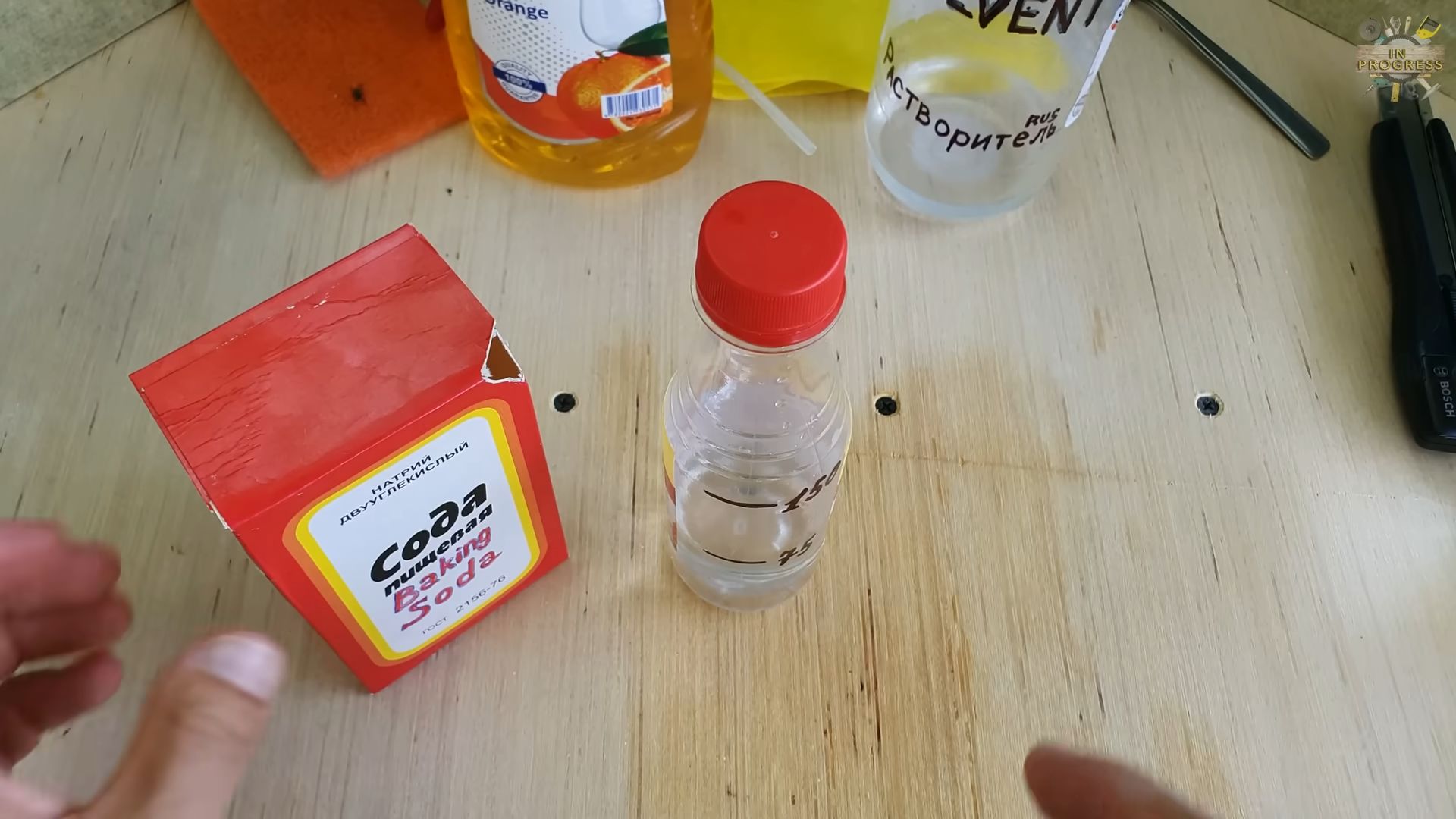
DIY Drain Cleaning Powerhouse: Baking Soda and Vinegar
Okay, so you’ve got a slow drain, maybe even a completely clogged one. Before you reach for those harsh chemical drain cleaners, let’s try a natural and effective solution: baking soda and vinegar! This dynamic duo creates a fizzing reaction that can break down grease, hair, and other gunk that’s causing the blockage. Plus, it’s much safer for your pipes and the environment. I’ve used this trick countless times, and it’s saved me a ton of money on plumber bills. Let’s get started!
What You’ll Need:
* 1 cup baking soda
* 1 cup white vinegar
* Hot water
* A kettle or pot for boiling water (optional, but recommended)
* A plunger (just in case!)
* A spatula or spoon (for scooping baking soda)
* Eye protection (optional, but always a good idea when dealing with potential splashes)
* Gloves (optional, but recommended if you have sensitive skin)
Step-by-Step Instructions:
1. Clear the Area: First things first, remove any standing water from the sink or tub. You want the baking soda and vinegar to directly target the clog, not just dilute in existing water. If there’s a lot of standing water, you might need to bail it out with a cup or small container.
2. Pour in the Baking Soda: Now, grab your baking soda and carefully pour one cup down the drain. Try to get as much of it down the drain as possible, rather than letting it sit around the edges. A spatula or spoon can be helpful for pushing it down.
3. Add the Vinegar: Next, slowly pour one cup of white vinegar down the drain, right after the baking soda. You’ll immediately hear the fizzing and bubbling begin – that’s the magic happening!
4. Let it Fizz and Bubble: This is the crucial part: let the baking soda and vinegar do their thing. The chemical reaction creates carbon dioxide gas, which helps to loosen and break down the clog. Let it sit for at least 30 minutes, but for really stubborn clogs, I recommend letting it sit for an hour, or even overnight! The longer it sits, the more effective it will be. Don’t rush this step!
5. Flush with Hot Water: After the waiting period, it’s time to flush the drain with hot water. If you have a kettle, boil some water and carefully pour it down the drain. If not, run the hot water from your tap for several minutes. The hot water helps to wash away the loosened debris.
6. Check the Drain: See if the water is draining more freely now. If it’s still slow, repeat steps 2-5. Sometimes, it takes a couple of tries to completely clear a stubborn clog.
7. Plunge if Necessary: If the drain is still clogged after a couple of baking soda and vinegar treatments, it’s time to bring in the plunger. Make sure there’s enough water in the sink or tub to cover the cup of the plunger. Create a tight seal around the drain opening and plunge vigorously for several minutes.
8. Repeat as Needed: Sometimes, even with plunging, you might need to repeat the baking soda and vinegar treatment one more time. Don’t get discouraged! Persistence is key.
Dealing with Stubborn Clogs:
Okay, so what if you’ve tried the baking soda and vinegar method a few times, and the drain is still stubbornly clogged? Don’t give up hope just yet! Here are a few extra tips and tricks:
* Boiling Water is Your Friend: Using boiling water to flush the drain is more effective than just hot tap water. The higher temperature helps to melt away grease and break down other stubborn materials. Just be careful when handling boiling water to avoid burns. Always pour slowly and carefully!
* The Baking Soda Paste Power-Up: For really tough clogs, try making a baking soda paste. Mix baking soda with a little bit of water to form a thick paste. Apply the paste directly to the drain opening and let it sit for a few hours, or even overnight. Then, flush with hot water.
* Vinegar Soak: If you suspect the clog is caused by mineral buildup (especially if you have hard water), try soaking the drain with vinegar. Pour a cup of vinegar down the drain and let it sit overnight. The vinegar will help to dissolve the mineral deposits.
* Check the P-Trap: The P-trap is the curved pipe under your sink. It’s designed to trap debris and prevent sewer gases from entering your home. Sometimes, the P-trap itself can become clogged. To clean it, you’ll need to place a bucket under the P-trap to catch any water, then carefully loosen the slip nuts that connect the P-trap to the drain pipes. Remove the P-trap and clean out any debris. Reassemble the P-trap, making sure the slip nuts are tightened securely.
* Consider a Drain Snake: If all else fails, you might need to use a drain snake (also known as a plumbing snake). This is a flexible tool that you can insert into the drain to break up or retrieve the clog. You can buy a drain snake at most hardware stores. Be careful when using a drain snake, as it can potentially damage your pipes if you’re too aggressive.
Preventing Future Clogs:
Prevention is always better than cure! Here are a few tips to help prevent future drain clogs:
* Use a Drain Strainer: A drain strainer is a simple and inexpensive device that fits over the drain opening and catches hair, food scraps, and other debris. This prevents these materials from going down the drain and causing clogs.
* Avoid Pouring Grease Down the Drain: Grease is a major culprit when it comes to drain clogs. Never pour grease down the drain! Instead, let it cool and solidify, then scrape it into the trash.
* Flush Regularly with Hot Water: Once a week, flush your drains with hot water to help prevent buildup.
* Baking Soda and Vinegar Maintenance: As a preventative measure, you can periodically use the baking soda and vinegar method to keep your drains clean and clear. I usually do this once a month.
* Be Mindful of What Goes Down the Drain: Avoid flushing anything down the toilet that shouldn’t be there, such as feminine hygiene products, diapers, and paper towels. These items can easily clog your pipes.
Safety First!
While baking soda and vinegar are generally safe, it’s always a good idea to take a few precautions:
* Wear Eye Protection: The fizzing reaction can sometimes cause splashes, so it’s a good idea to wear eye protection to prevent irritation.
* Wear Gloves: If you have sensitive skin, wear gloves to protect your hands from the baking soda and vinegar.
* Ventilate the Area: The reaction can produce carbon dioxide gas, so make sure the area is well-ventilated.
* Don’t Mix with Other Cleaners: Never mix baking soda and vinegar with other drain cleaners, especially those containing bleach. This can create dangerous fumes.
I hope this guide helps you clear your clogged drains naturally and effectively! Remember to be patient, persistent, and always prioritize safety. Good luck!
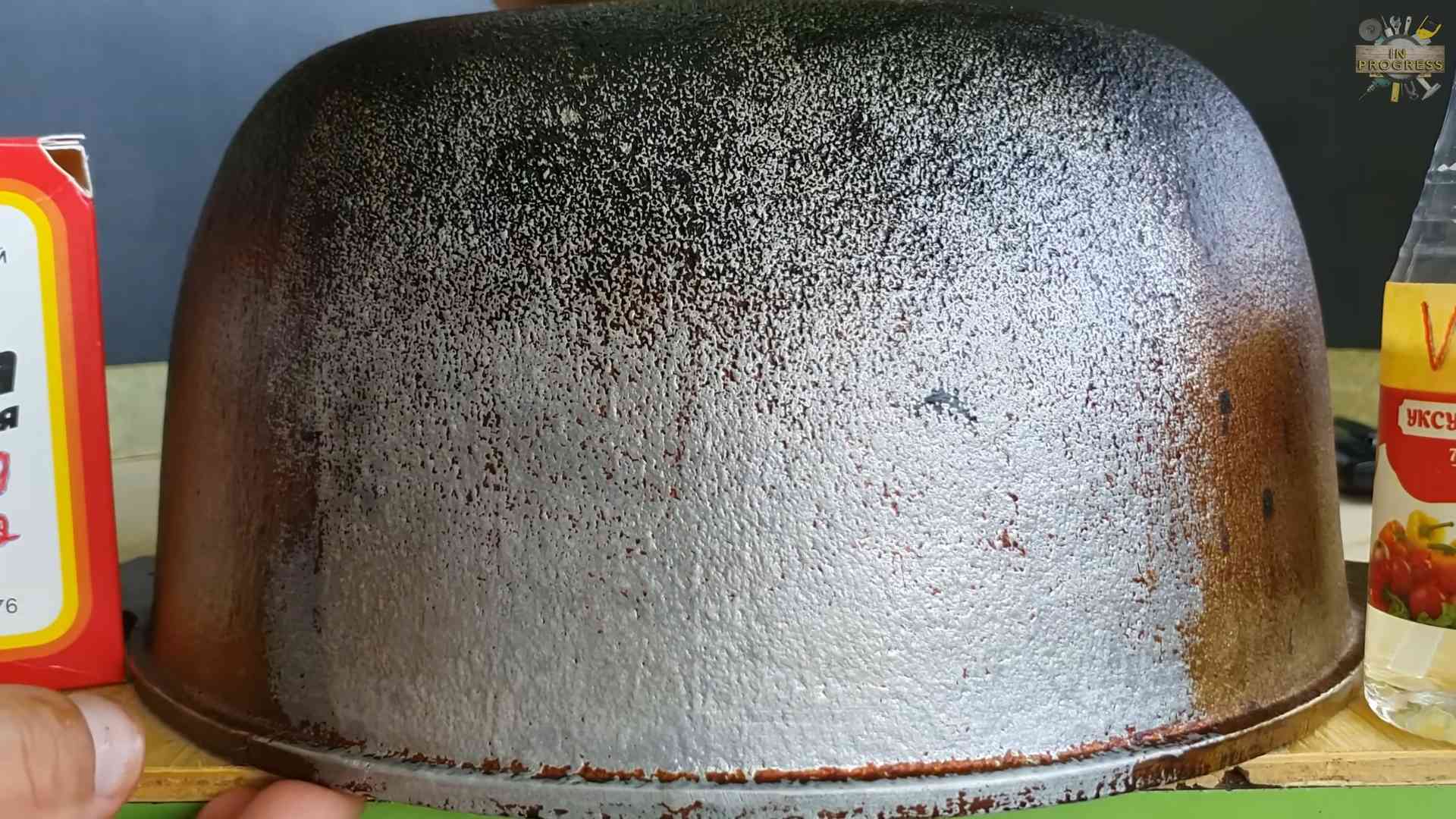
Conclusion
So, there you have it! Mastering the art of the baking soda and vinegar reaction is not just a fun science experiment from your childhood; it’s a powerful, eco-friendly, and surprisingly versatile tool for your home. From tackling stubborn stains to unclogging drains and even boosting your laundry, this simple combination offers a chemical-free alternative to harsh commercial products.
Why is this DIY trick a must-try? Because it’s effective, affordable, and readily available. You likely already have baking soda and vinegar in your pantry, making it a convenient solution for a multitude of household problems. Plus, you’re reducing your reliance on potentially harmful chemicals, contributing to a healthier environment for yourself and your family.
But the beauty of the baking soda and vinegar reaction lies in its adaptability. Feel free to experiment with variations to suit your specific needs. For example, when cleaning drains, try adding boiling water after the initial fizzing subsides to further flush out debris. For tougher stains, create a paste of baking soda and water, apply it to the stain, and then gently drizzle vinegar over it. Let it sit for a while before scrubbing. You can even infuse your vinegar with citrus peels for a more pleasant scent and added cleaning power. Lemon, orange, or grapefruit peels work wonders!
Another variation involves using the reaction to create a natural air freshener. Simply combine baking soda and a few drops of your favorite essential oil in a small jar, then add a splash of vinegar to activate the fizz. The fizzing action will help disperse the scent throughout the room.
Don’t be afraid to get creative and discover new ways to harness the power of this dynamic duo. The possibilities are truly endless!
We wholeheartedly encourage you to try this DIY trick and experience the benefits for yourself. It’s a simple yet effective way to clean, deodorize, and maintain your home without resorting to harsh chemicals. Once you’ve given it a go, we’d love to hear about your experience! Share your tips, tricks, and success stories in the comments below. Let’s build a community of eco-conscious cleaners and problem-solvers, all powered by the humble baking soda and vinegar reaction. Your insights could help others discover new and innovative ways to utilize this amazing combination. So, go ahead, give it a try, and let us know what you think! We’re confident you’ll be amazed by the results.
Frequently Asked Questions (FAQs)
What exactly happens when baking soda and vinegar react?
The reaction between baking soda (sodium bicarbonate) and vinegar (acetic acid) is a classic acid-base reaction. When they combine, they produce carbon dioxide gas, water, and sodium acetate. The carbon dioxide is what causes the fizzing and bubbling you see. This fizzing action is what helps to loosen dirt, grime, and debris, making it effective for cleaning and unclogging. The sodium acetate is a salt that remains after the reaction.
Is the baking soda and vinegar reaction safe to use on all surfaces?
While generally safe, it’s always a good idea to test the reaction on an inconspicuous area first, especially on delicate surfaces like marble, granite, or certain types of painted surfaces. The acidity of vinegar can potentially etch or damage these materials. Avoid using it on aluminum, as it can cause corrosion. For most other surfaces, like stainless steel, porcelain, and ceramic, it’s perfectly safe to use. When in doubt, err on the side of caution and test before applying liberally.
Can I store a mixture of baking soda and vinegar for later use?
No, you should not store a pre-mixed solution of baking soda and vinegar. The reaction happens immediately, producing carbon dioxide. If you store it in a closed container, the pressure from the gas buildup could cause the container to explode. It’s best to mix the baking soda and vinegar right before you need to use them. This ensures you get the full benefit of the fizzing action.
What’s the best ratio of baking soda to vinegar for cleaning?
The ideal ratio depends on the specific task. For general cleaning, a 1:1 ratio works well. For example, you can use ½ cup of baking soda and ½ cup of vinegar. For unclogging drains, you might want to use a slightly higher concentration of baking soda, such as 1/3 cup of baking soda followed by 1 cup of vinegar. Experiment to find what works best for your needs. Remember, the fizzing action is key, so adjust the amounts accordingly.
How can I make the baking soda and vinegar reaction smell better?
The smell of vinegar can be off-putting to some. As mentioned earlier, infusing your vinegar with citrus peels is a great way to add a pleasant scent. Simply place citrus peels in a jar of vinegar and let it sit for a few days or weeks. You can also add a few drops of your favorite essential oil to the mixture right before using it. Lavender, lemon, and tea tree oil are popular choices. However, be mindful of the surface you’re cleaning, as some essential oils can stain certain materials.
Is the baking soda and vinegar reaction effective for unclogging severely blocked drains?
While the baking soda and vinegar reaction can be effective for minor clogs, it might not be strong enough to clear severely blocked drains. For stubborn clogs, you might need to use a drain snake or call a professional plumber. However, it’s worth trying the baking soda and vinegar method first, as it’s a safer and more environmentally friendly alternative to chemical drain cleaners.
Can I use the baking soda and vinegar reaction to clean my oven?
Yes, the baking soda and vinegar reaction can be used to clean your oven. First, make a paste of baking soda and water and spread it all over the inside of your oven, avoiding the heating elements. Let it sit overnight. The next day, spray vinegar over the baking soda paste. The fizzing action will help loosen the grime. Then, simply wipe away the paste and grime with a damp cloth.
What are some other uses for the baking soda and vinegar reaction besides cleaning?
Besides cleaning, the baking soda and vinegar reaction can be used for a variety of other purposes. It can be used to remove rust from metal, brighten laundry, and even make a volcano for science experiments! The possibilities are endless.
Is it safe to mix baking soda and vinegar with other cleaning products?
It is generally not recommended to mix baking soda and vinegar with other cleaning products, especially those containing bleach or ammonia. Mixing these substances can create dangerous and toxic fumes. Always use baking soda and vinegar on their own or in combination with water and essential oils. Safety should always be your top priority.
How often should I use the baking soda and vinegar reaction for cleaning?
The frequency of use depends on your specific needs and the area you’re cleaning. For general cleaning, you can use it as often as you would use any other cleaning product. For unclogging drains, it’s best to use it preventatively, such as once a month, to keep drains clear. Pay attention to your home and adjust the frequency accordingly.

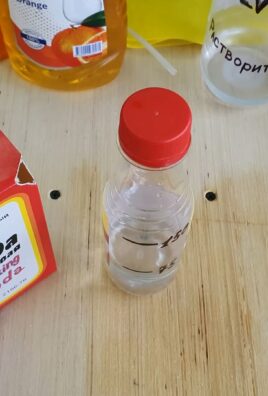
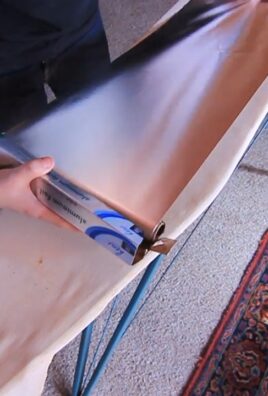
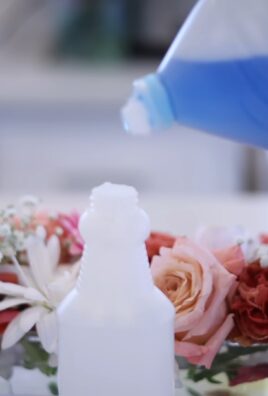
Leave a Comment